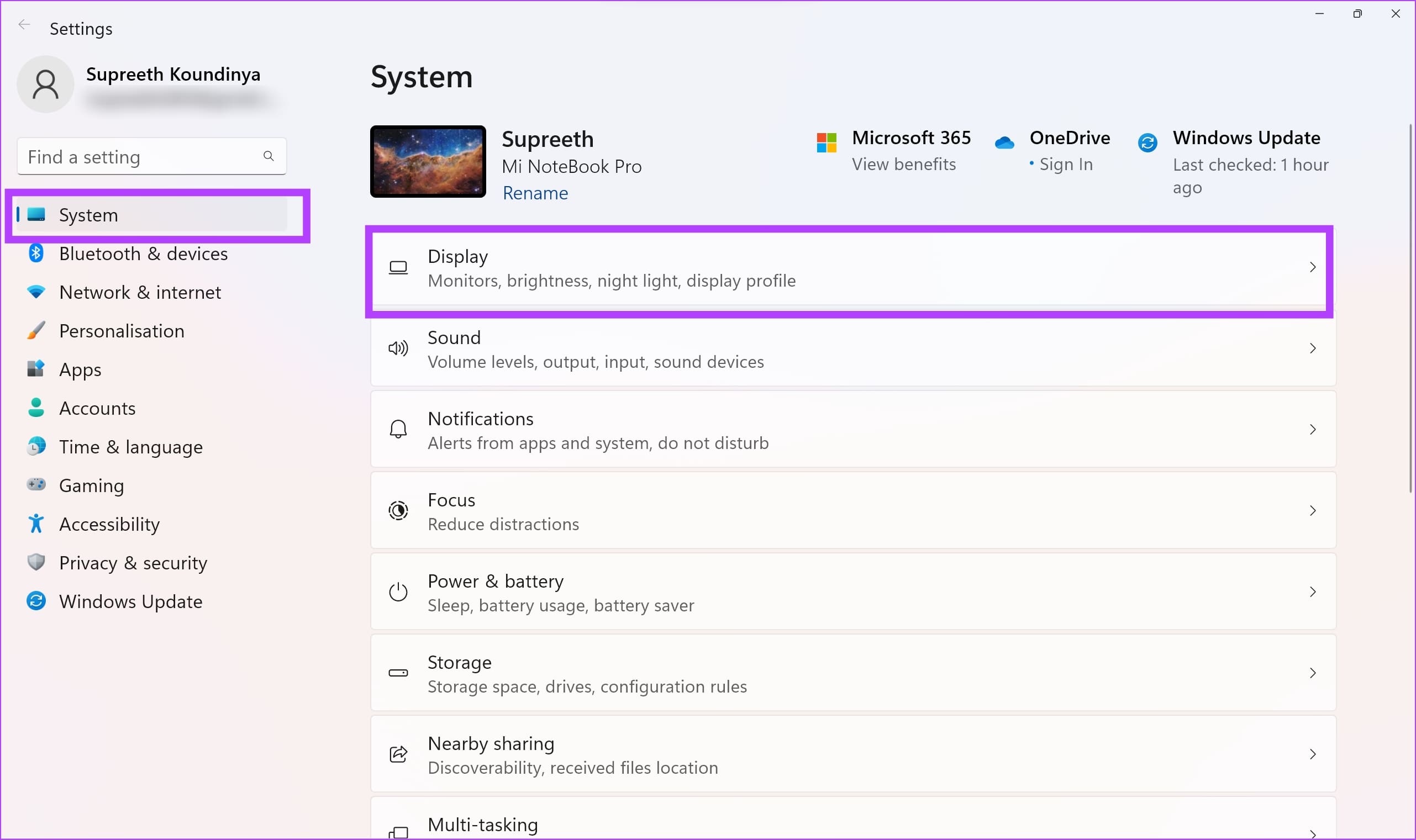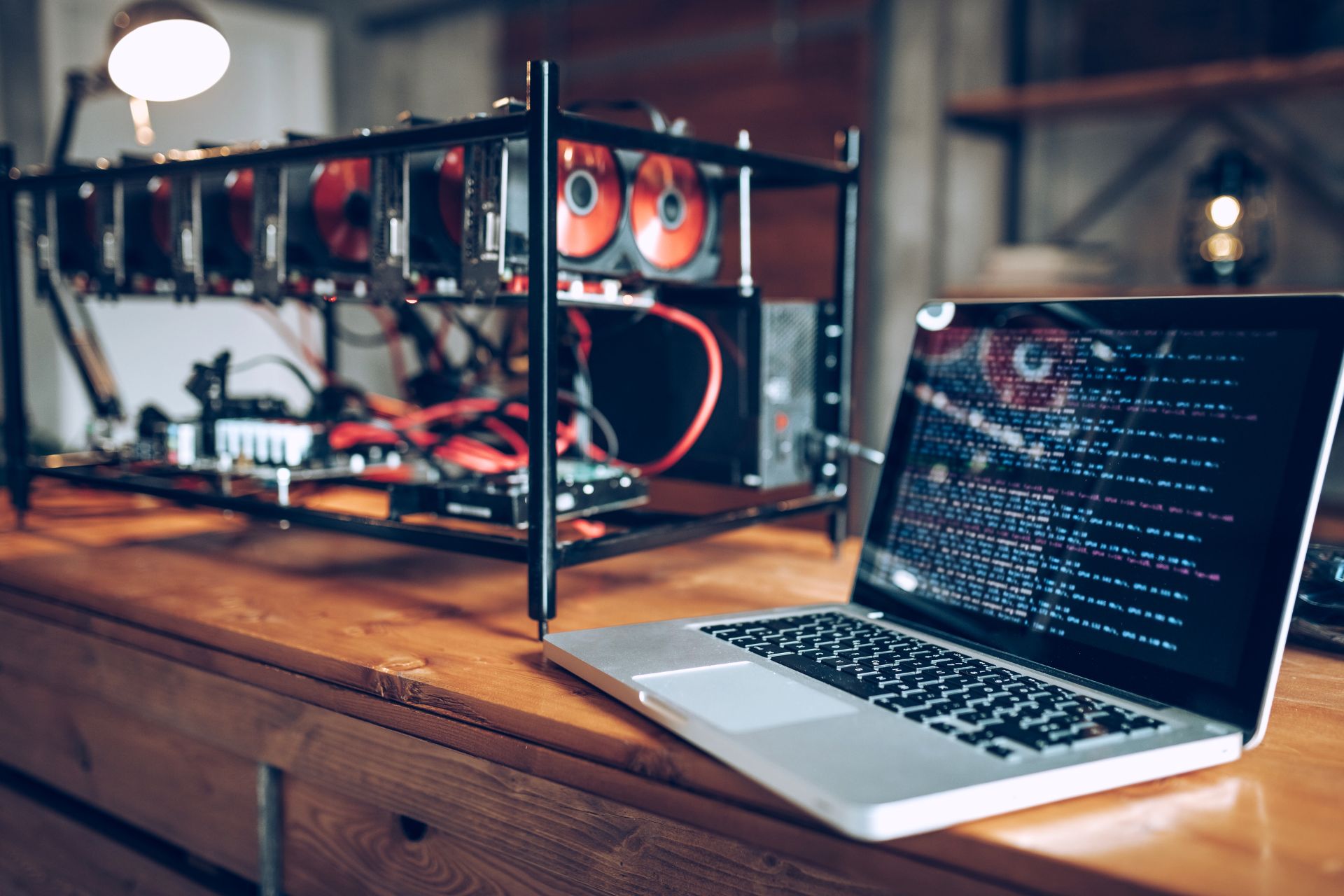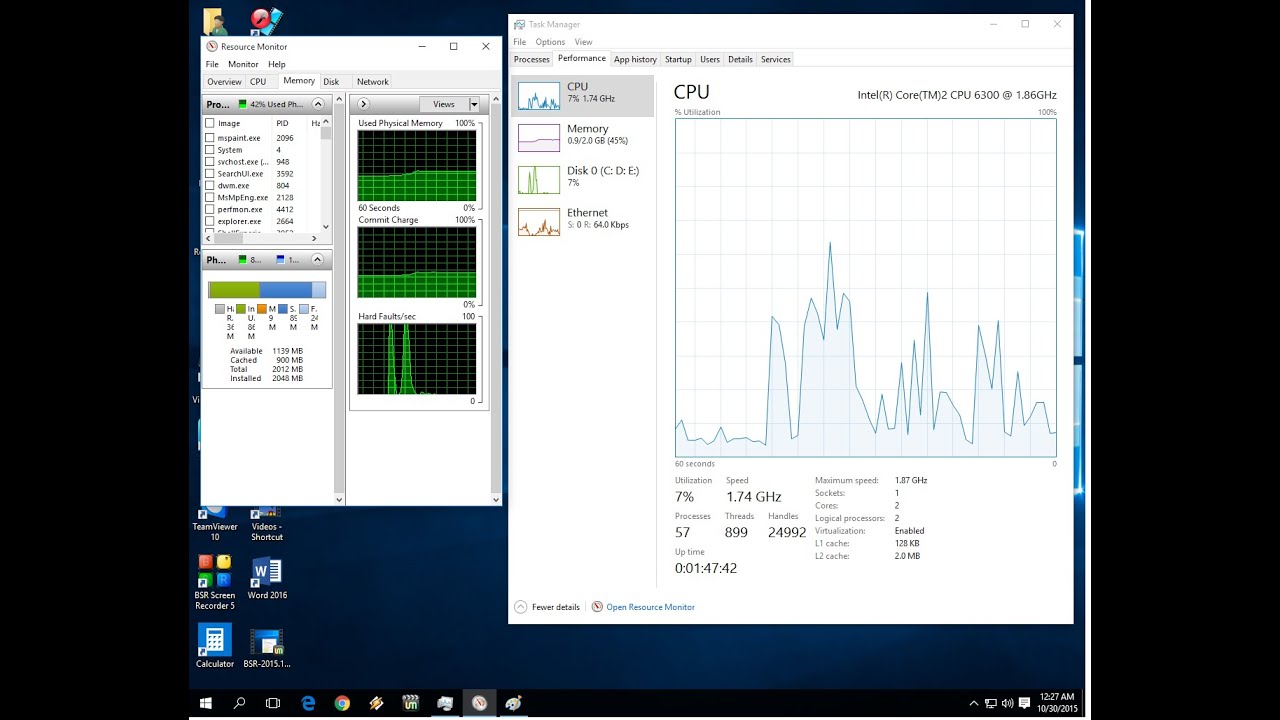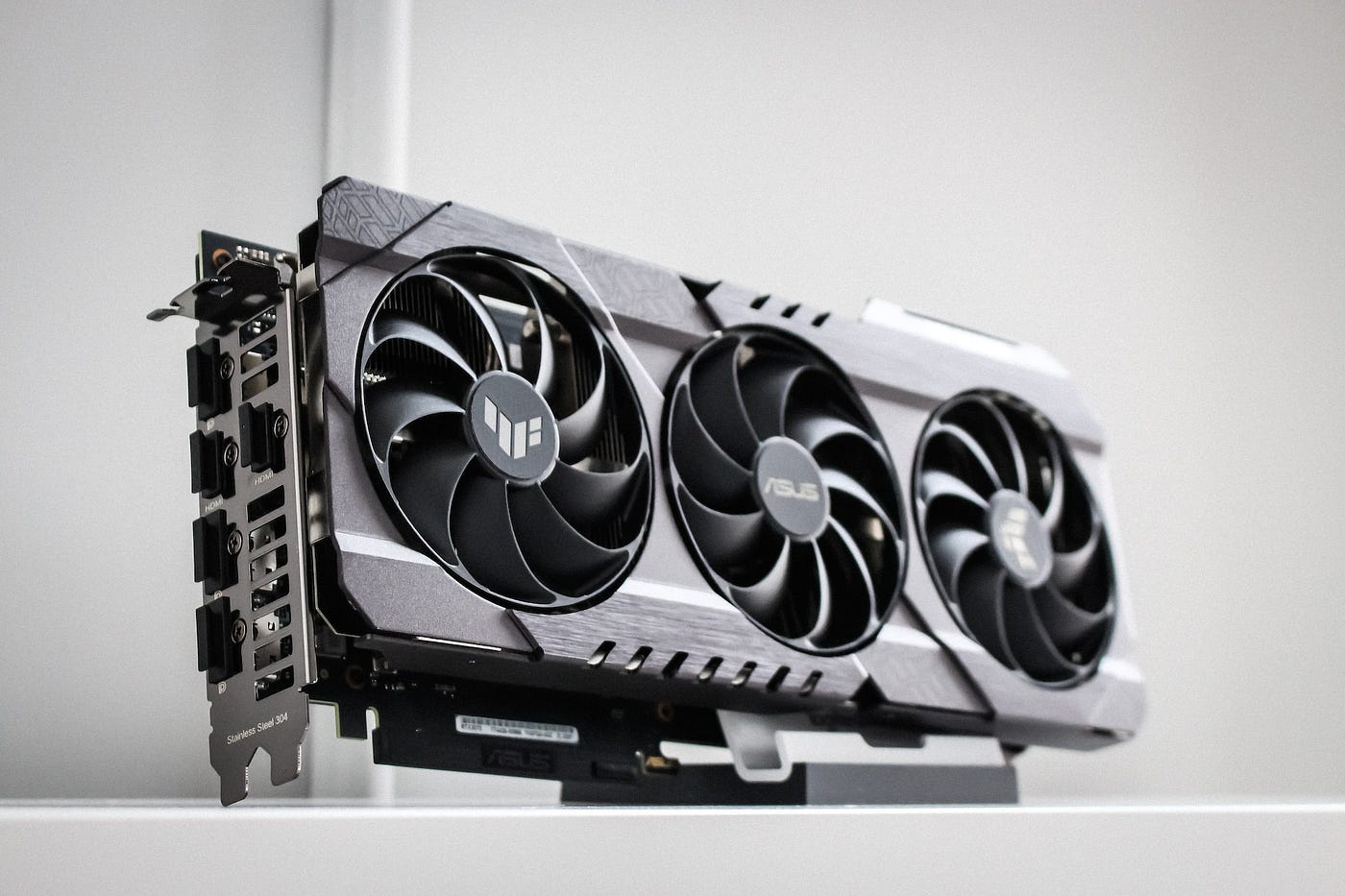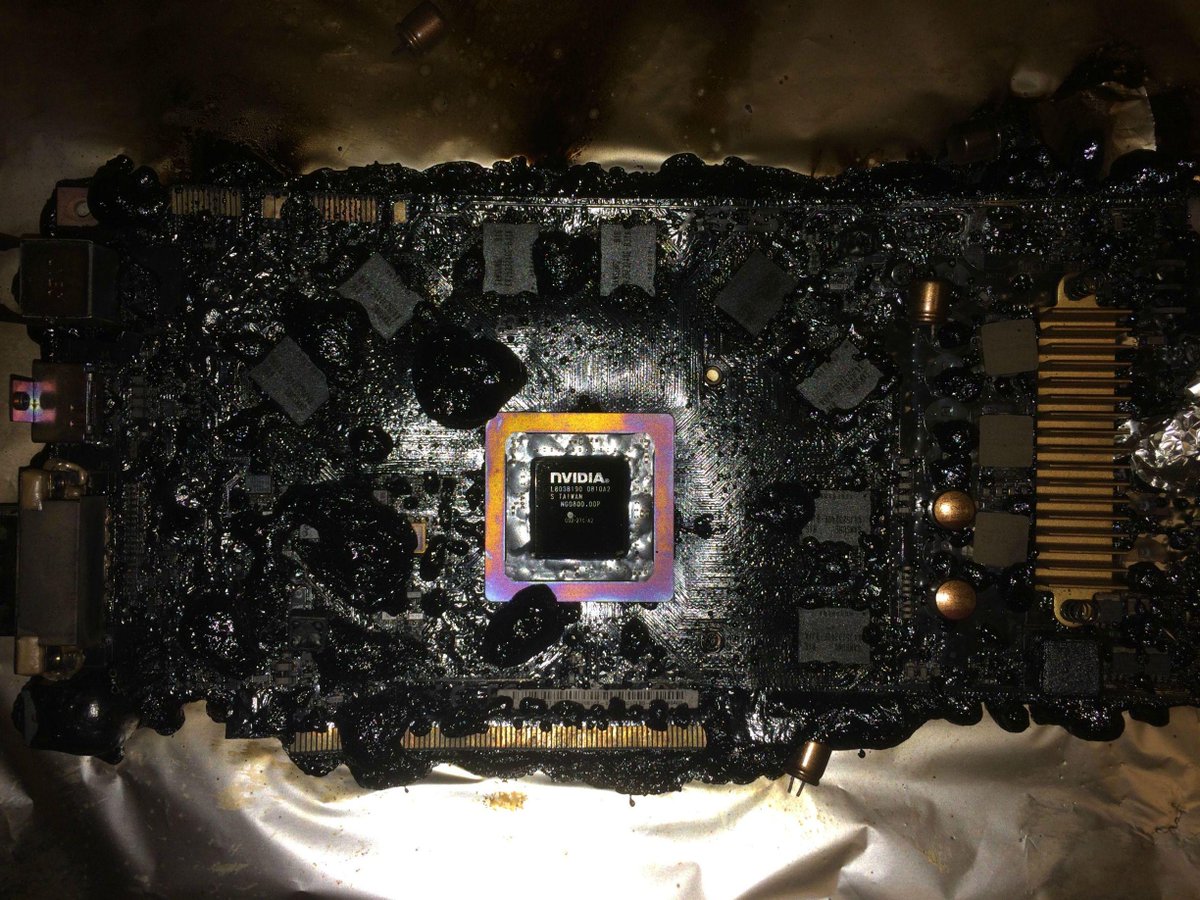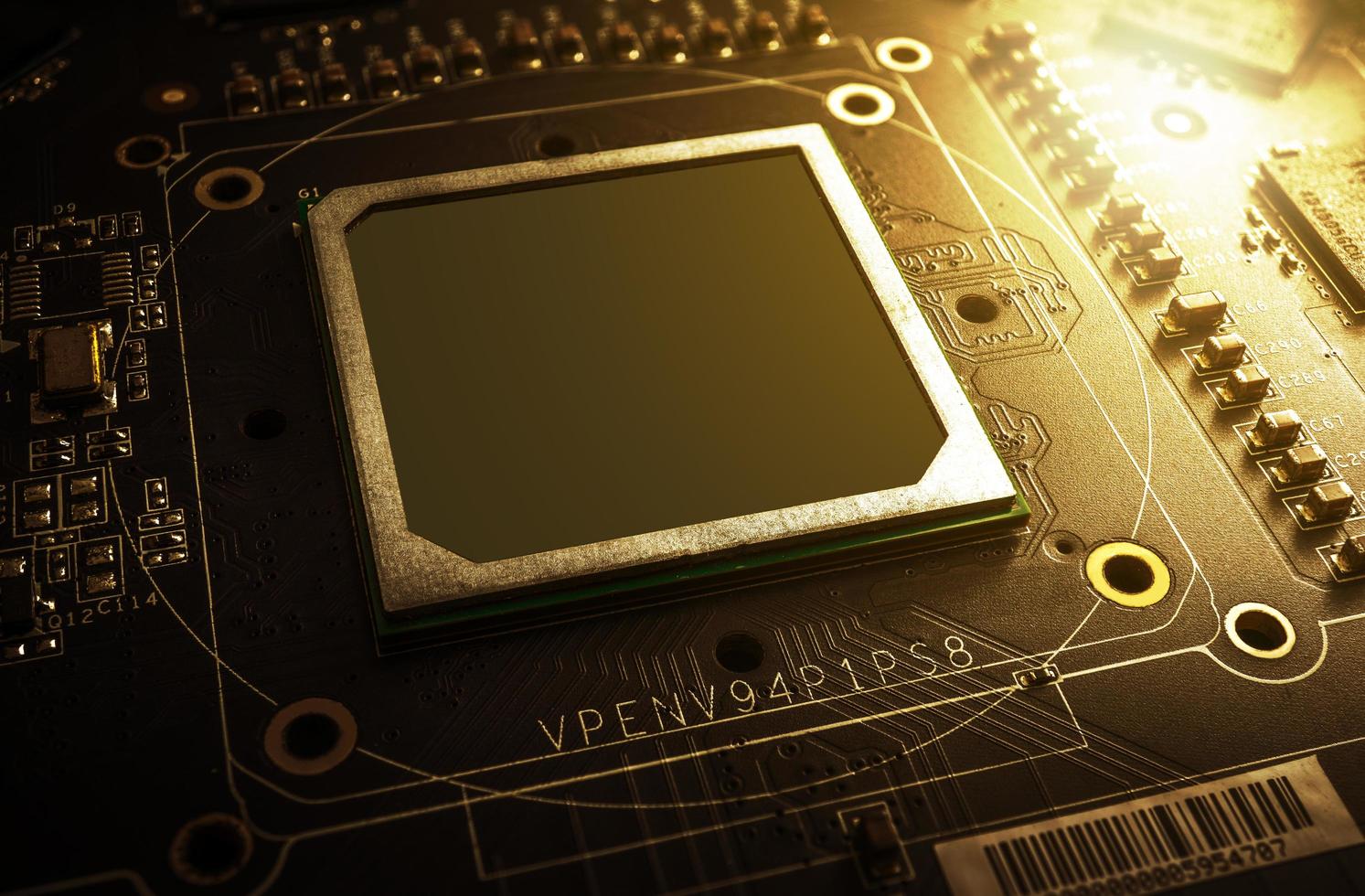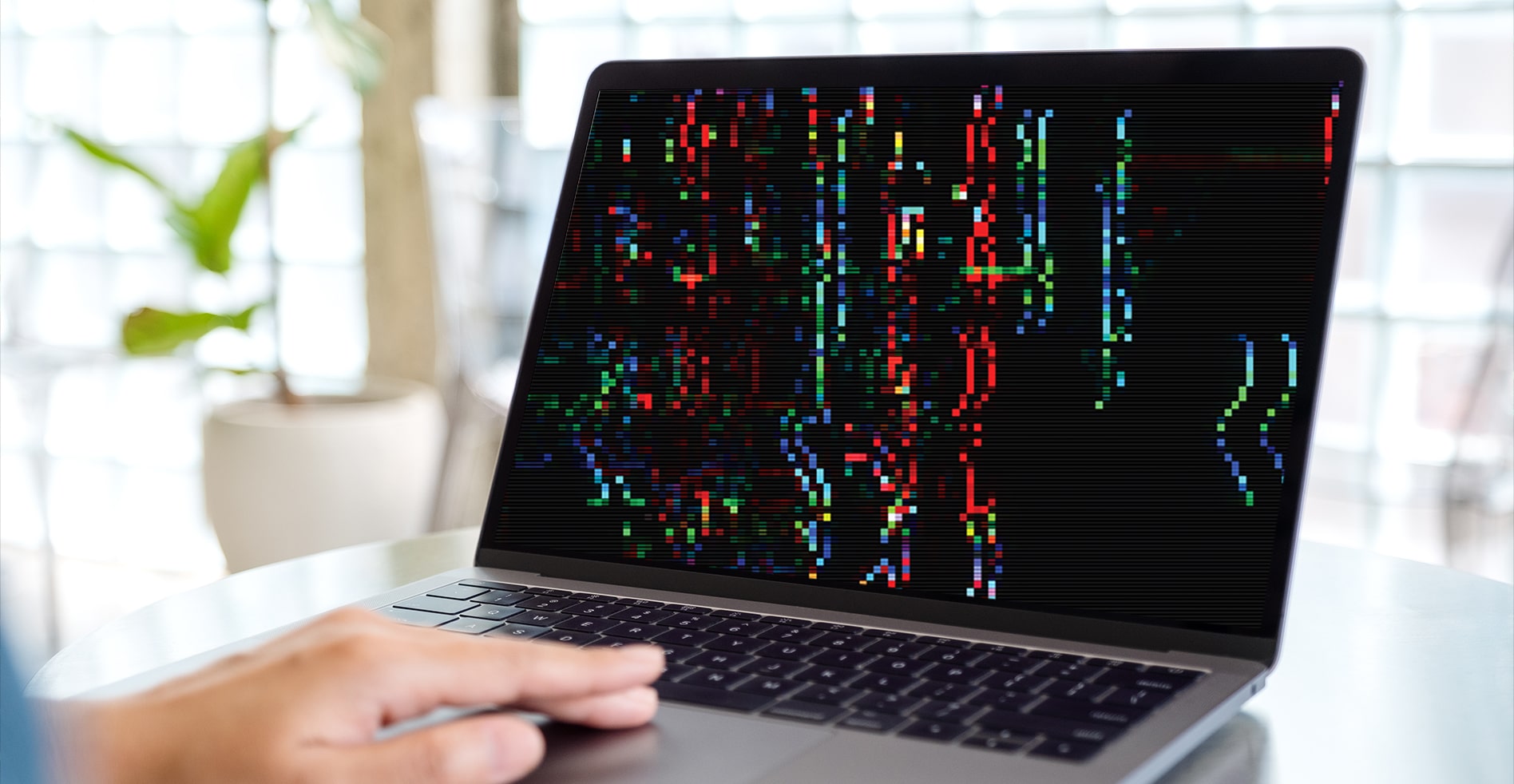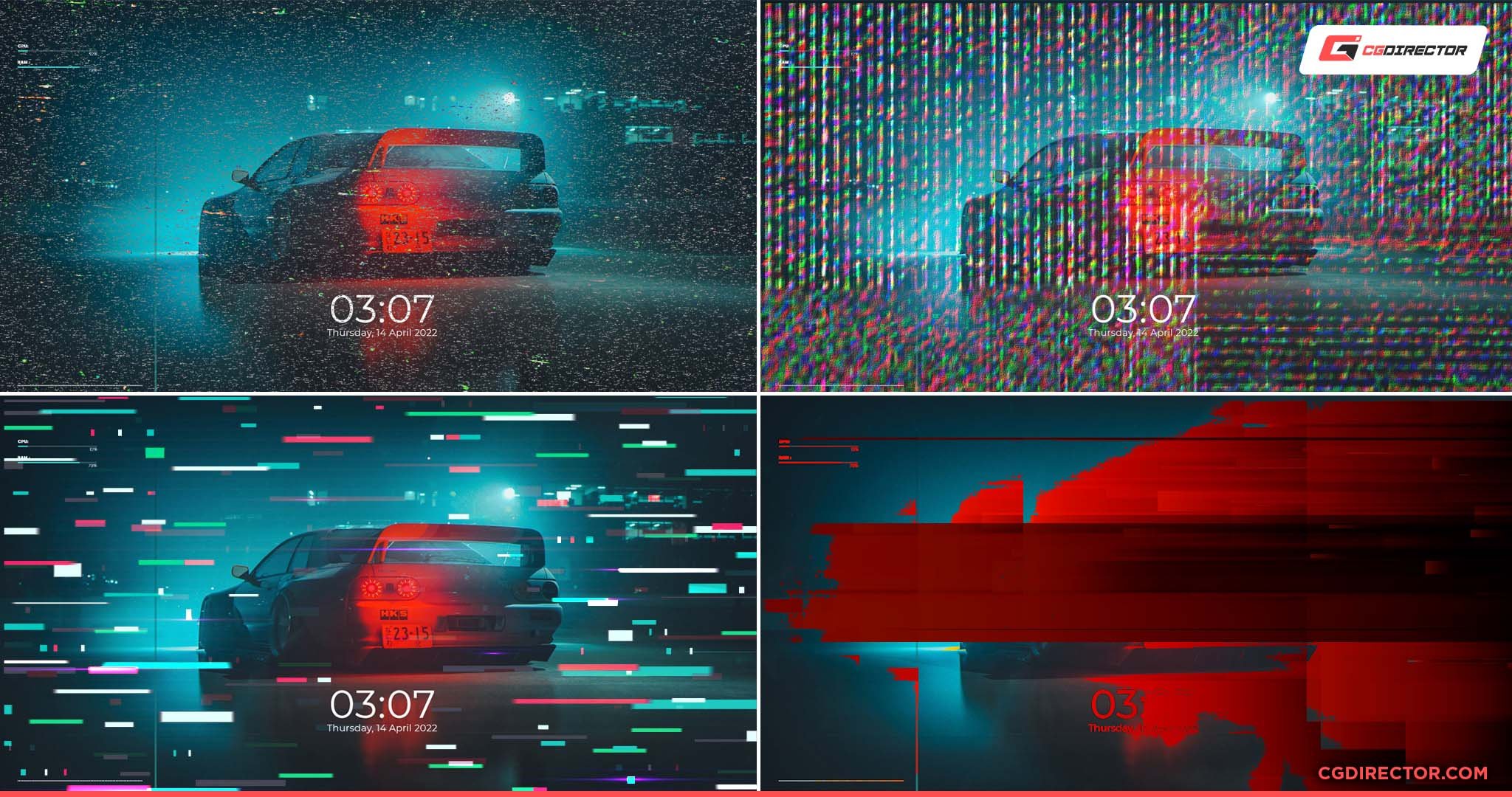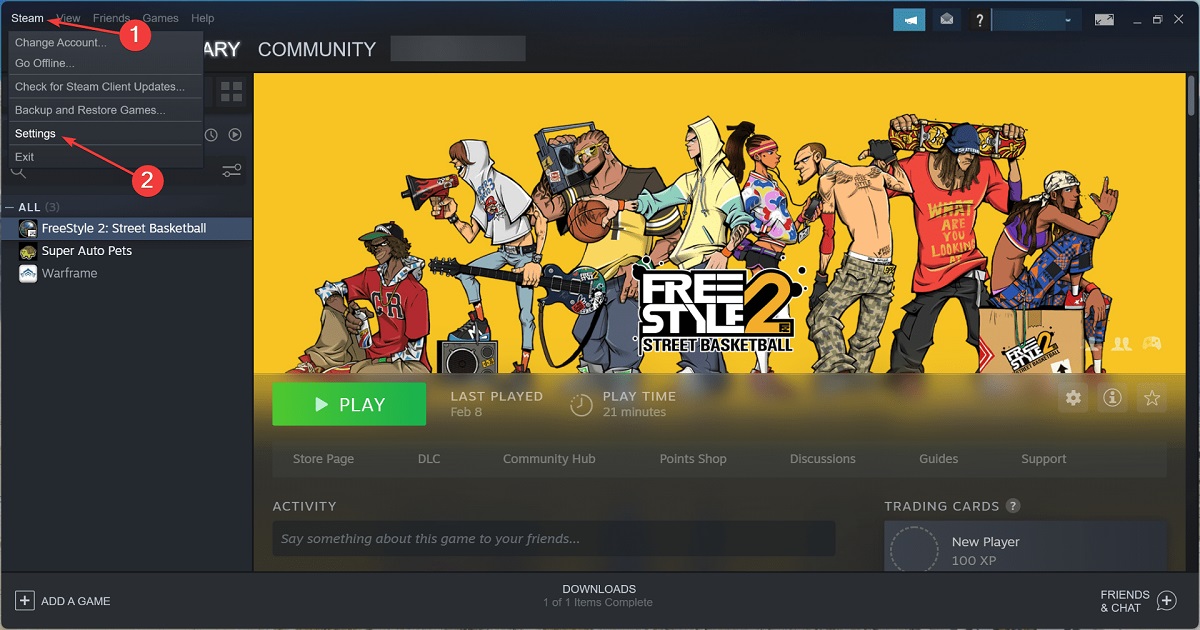Introduction
Checking the health of your graphics card is crucial for optimizing your computer’s performance, especially if you rely on it for graphic-intensive tasks such as gaming, video editing, or 3D rendering. Your graphics card, also known as a GPU (Graphics Processing Unit), plays a key role in rendering images and videos, and any issues with its performance can lead to lagging, screen artifacts, or even system crashes.
Regularly monitoring the health of your graphics card allows you to identify potential problems and take necessary actions to prevent further damage or costly repairs. In this article, we will explore various methods to check the health of your graphics card and discuss common signs of issues. Additionally, we will provide steps to maintain the well-being of your graphics card, ensuring optimal performance and longevity.
Whether you are a casual computer user or a hardcore gamer, it is essential to understand the significance of monitoring your graphics card’s health. By proactively addressing any potential issues, you can avoid frustrating experiences and ensure the smooth operation of your computer system.
Why is it important to check your graphics card health?
Your graphics card is responsible for rendering and displaying images, videos, and animations on your computer screen. A healthy graphics card ensures smooth visuals, high-quality graphics, and seamless performance. Regularly checking the health of your graphics card is vital for several reasons:
- Optimal Performance: A well-functioning graphics card ensures that your computer runs smoothly, especially when running resource-intensive applications like games or video editing software. By monitoring its health, you can identify and address any potential issues that might be impacting performance, such as overheating or outdated drivers.
- Preventing System Crashes: A faulty graphics card can lead to system freezes, crashes, and the infamous “blue screen of death.” By checking its health, you can detect any underlying issues that may be causing these problems and take appropriate action to prevent such crashes.
- Extended Lifespan: Just like any other hardware component, your graphics card has a limited lifespan. Regular checks can help you detect early signs of wear and tear, allowing you to take preventive measures and extend the longevity of your graphics card.
- Identifying Compatibility Issues: Graphics card compatibility is crucial, especially when upgrading or installing new software or hardware. By checking your graphics card’s health, you can ensure that it meets the requirements of the applications you use and detect any compatibility issues before they cause performance problems.
- Warranty Protection: Graphics cards often come with a warranty, and regularly monitoring their health ensures that you can identify any issues covered under the warranty period. By addressing these issues in a timely manner, you can potentially save on repair or replacement costs.
By taking the time to check your graphics card’s health, you can catch potential problems early on, prevent performance issues, and ensure the longevity of both your graphics card and your computer system as a whole. The following sections will outline various methods you can use to assess the health of your graphics card.
How to check your graphics card health
Checking the health of your graphics card can be done using various methods, ranging from built-in tools to third-party applications. Here are three common methods you can use:
Method 1: Using GPU-Z
GPU-Z is a popular and reliable tool used for monitoring and analyzing graphics card performance. It provides detailed information about your graphics card, including temperature, clock speed, memory usage, and fan speed. To check your graphics card health using GPU-Z, follow these steps:
- Download and install GPU-Z from the official website.
- Launch GPU-Z and click on the “Sensors” tab.
- Observe the temperature readings, fan speed, and other information displayed. Higher temperatures or irregular fan speeds may indicate potential issues.
Method 2: Using Windows Device Manager
The Windows Device Manager can provide basic information about your graphics card and its drivers. To access it and check your graphics card health, follow these steps:
- Open the Device Manager by right-clicking on the Start button and selecting “Device Manager” from the menu.
- Expand the “Display adapters” category to see the graphics card(s) installed on your system.
- Right-click on your graphics card and select “Properties.”
- In the “Driver” tab, check the driver details and ensure that it is up to date. Outdated drivers can affect performance and stability.
Method 3: Using third-party applications
There are several third-party applications available that can provide a comprehensive analysis of your graphics card’s health and performance. These applications often offer additional features and customization options. Some popular options include MSI Afterburner, HWMonitor, and Speccy. To use these applications, follow their specific instructions provided by the developers.
By utilizing one or more of these methods, you can gain valuable insights into your graphics card’s health and performance. Regularly monitoring your graphics card’s health will help you identify any issues early on, allowing you to take appropriate measures to ensure optimal performance and longevity.
Method 1: Using GPU-Z
GPU-Z is a powerful and popular tool that provides detailed information about your graphics card’s performance and health. It offers real-time monitoring of various parameters, ensuring that you have a comprehensive understanding of your graphics card’s condition. Follow the steps below to use GPU-Z:
- Download and install GPU-Z: Visit the official website of GPU-Z and download the latest version of the tool. Once downloaded, run the installer and follow the on-screen instructions to complete the installation process.
- Launch GPU-Z: After the installation is complete, launch GPU-Z on your computer.
- View graphics card details: GPU-Z will open a window displaying a wealth of information about your graphics card. Take note of the graphics card name, GPU temperature, clock speed, memory usage, and other relevant details.
- Monitor graphics card parameters: GPU-Z allows you to monitor various parameters in real-time. Watch for any anomalies in temperature, fan speed, or clock speeds, as this can indicate potential issues with your graphics card’s health.
- Advanced features: GPU-Z also provides additional advanced features, such as the ability to log data, create screenshots, and customize the monitoring interface. Take advantage of these features to gain a deeper understanding of your graphics card’s overall health.
GPU-Z is a valuable tool for both novice and advanced users, offering detailed insights into your graphics card’s health and performance. By regularly monitoring your graphics card using GPU-Z, you can detect any potential issues early on and take the necessary steps to address them, ensuring optimal performance and longevity.
Method 2: Using Windows Device Manager
Windows Device Manager is a built-in Windows utility that allows you to manage and monitor the hardware devices connected to your computer. By utilizing the Device Manager, you can access basic information about your graphics card and check its health. Follow the steps below to use the Windows Device Manager:
- Open Device Manager: Right-click on the Start button, and in the context menu, click on “Device Manager.” This will open the Device Manager window.
- Expand “Display adapters”: In the Device Manager window, locate and click on the arrow or plus sign next to the “Display adapters” category. This will expand the section and display the graphics card(s) installed on your system.
- Check graphics card properties: Right-click on your graphics card and select “Properties” from the context menu.
- Review driver details: In the Properties window, go to the “Driver” tab. Here, you can view information about the graphics card driver, including the driver version and release date. Ensure that your driver is up to date, as outdated drivers can negatively impact performance.
- Resolve driver issues: If you suspect any driver-related issues, you can use the “Update Driver” button to search for and install the latest driver updates. Additionally, you can use the “Roll Back Driver” option to revert to a previous driver version if necessary.
The Windows Device Manager provides a convenient way to access basic information about your graphics card and check its driver status. By ensuring that your graphics card has the latest drivers installed, you can enhance performance and resolve any compatibility or stability issues that may arise. However, for more in-depth monitoring and analysis of your graphics card’s health, third-party tools such as GPU-Z may offer more comprehensive features and insights.
Method 3: Using third-party applications
Aside from the built-in tools provided by your operating system, there are several third-party applications available that offer advanced features for monitoring and assessing the health of your graphics card. These applications provide comprehensive insights and real-time data, allowing you to gain a deeper understanding of your graphics card’s performance. Here are some popular third-party applications you can utilize:
MSI Afterburner
MSI Afterburner is a widely used graphics card overclocking utility that also provides extensive monitoring capabilities. It allows you to monitor vital parameters such as GPU temperature, clock speeds, voltage, and fan speed. Additionally, it enables you to create custom fan profiles and even overclock your graphics card if desired.
HWMonitor
HWMonitor is a powerful monitoring tool that provides detailed information about your computer’s hardware components, including your graphics card. It displays real-time data on temperatures, voltages, and fan speeds, allowing you to assess the health of your graphics card. HWMonitor also offers the ability to log and export data for further analysis.
Speccy
Speccy is a system information tool that provides detailed information about your computer’s hardware. It offers comprehensive data on various components, including your graphics card. With Speccy, you can view essential details such as graphics card model, driver version, bus interface, and temperature.
Before using any third-party applications, make sure to download them from reputable sources and install them following the provided instructions. These applications can provide you with valuable insights into your graphics card’s health, allowing you to detect any performance issues or abnormalities that may require attention. While these tools offer more advanced features than the built-in options, they may also require a higher level of technical know-how to utilize effectively.
Remember to periodically check for updates for these applications to ensure you are using the latest versions, which often provide improvements and bug fixes. By using third-party applications, you can gain a comprehensive understanding of your graphics card’s health and performance, enabling you to take necessary measures to optimize its functionality and avoid potential issues.
Common signs of graphics card issues
Graphics card issues can manifest in various ways, impacting your computer’s performance and visual output. It’s important to be aware of the common signs that may indicate problems with your graphics card. Here are some of the most commonly observed symptoms:
- Artifacts and visual glitches: If you notice strange artifacts or visual anomalies, such as flickering graphics, distorted images, or random lines appearing on your screen, it could be a sign of a graphics card issue.
- Driver crashes: Frequent crashes or errors related to the graphics card driver, such as driver crashes and recoveries or the display freezing and then returning to normal, may indicate an issue with your graphics card.
- Performance degradation: Sluggish performance, frame rate drops, or sudden decreases in gaming performance, despite meeting the system requirements, can be indicative of a graphics card problem.
- Overheating: Graphics cards generate heat during operation, but if your card is consistently running hot or you notice excessive fan noise, it could indicate an issue with cooling or a malfunctioning component.
- Black screens or blue screens of death (BSOD): If your computer experiences frequent black screens or sudden blue screens of death, it may be due to a graphics card problem that is causing your system to crash.
- System instability: Random system crashes, freezes, or unresponsive applications often point to potential graphics card issues, especially if they occur while running graphics-intensive tasks.
- Texture or rendering issues: Missing textures, poorly rendered objects, or incorrect colors in games or 3D applications can be indications of graphics card problems.
- Display connectivity problems: If you’re experiencing issues with connecting monitors, unusual display resolutions, or failure to detect connected displays, it may be related to your graphics card.
If you encounter any of these signs, it is recommended to address the issue promptly to prevent further damage to your graphics card and your overall system. Troubleshooting steps can include updating graphics card drivers, checking for hardware conflicts, ensuring proper cooling and airflow, and seeking professional assistance if necessary.
Keep in mind that some of these symptoms can also be indicative of other hardware or software issues. Therefore, it is important to perform a thorough diagnosis and consider all potential causes before concluding that the problem lies solely with the graphics card.
Steps to avoid graphics card problems
Prevention is key when it comes to maintaining the health and longevity of your graphics card. By following these steps, you can reduce the risk of encountering graphics card problems and ensure optimal performance:
- Keep your graphics card drivers up to date: Regularly update your graphics card drivers to ensure compatibility with the latest software and operating system updates. Outdated drivers can lead to performance issues and compatibility conflicts.
- Maintain proper airflow and cooling: Ensure that your computer case has adequate airflow and that your graphics card is not obstructed by dust or debris. Clean your computer regularly and consider using additional cooling solutions such as case fans or liquid cooling if necessary.
- Do not overclock beyond safe limits: While overclocking can offer performance enhancements, excessive overclocking can lead to overheating, stability issues, and even permanent damage to your graphics card. If you choose to overclock, do so cautiously and within recommended limits.
- Avoid power surges and electrical issues: Use a reliable power supply unit (PSU) with sufficient wattage and surge protection to protect your graphics card from power fluctuations. Consider using a high-quality uninterruptible power supply (UPS) for added protection.
- Monitor temperatures and fan speeds: Utilize software tools to monitor the temperature and fan speeds of your graphics card. High temperatures or irregular fan speeds can indicate potential issues. If necessary, adjust fan speeds or consider aftermarket cooling solutions.
- Remove and reinstall graphics card correctly: When cleaning or upgrading your system, follow proper procedures for removing and reinstalling your graphics card. Handle it with care, avoid static electricity discharge, and ensure a secure connection in the PCIe slot.
- Avoid physical damage: Protect your graphics card from physical damage by handling it carefully and avoiding unnecessary shocks or impacts. Transport your computer system with caution, especially if you are moving it or traveling with it.
- Regularly clean and maintain your system: Keep your computer case clean, free from dust and debris that can obstruct airflow and cause overheating. Use compressed air or a soft brush to clean the graphics card and other components regularly.
By following these steps, you can minimize the risk of graphics card problems and ensure the optimal performance and lifespan of your graphics card. Regular maintenance, proper cooling, and cautious overclocking practices will contribute to a reliable and stable graphics card, allowing you to enjoy seamless gaming experiences and efficient graphics performance.
Conclusion
Checking the health of your graphics card is essential for maintaining optimal performance, preventing system crashes, and extending its lifespan. By using tools such as GPU-Z, Windows Device Manager, or third-party applications like MSI Afterburner, HWMonitor, or Speccy, you can gain valuable insights into your graphics card’s temperature, clock speeds, fan speed, and other important parameters.
Common signs of graphics card issues include artifacts and visual glitches, driver crashes, performance degradation, overheating, black screens, system instability, texture or rendering issues, and display connectivity problems. If you encounter any of these signs, it is crucial to address the issues promptly to prevent further damage to your graphics card and your computer system.
To avoid graphics card problems, ensure that your graphics card drivers are up to date, maintain proper airflow and cooling, avoid overclocking beyond safe limits, protect against power surges, monitor temperatures and fan speeds, handle your graphics card carefully, and keep your computer system clean and well-maintained.
Regularly checking the health of your graphics card and taking proactive measures to prevent potential issues will help ensure optimal performance and longevity. By keeping your graphics card in good health, you can enjoy smooth visuals, high-quality graphics, and a more seamless computing experience.







